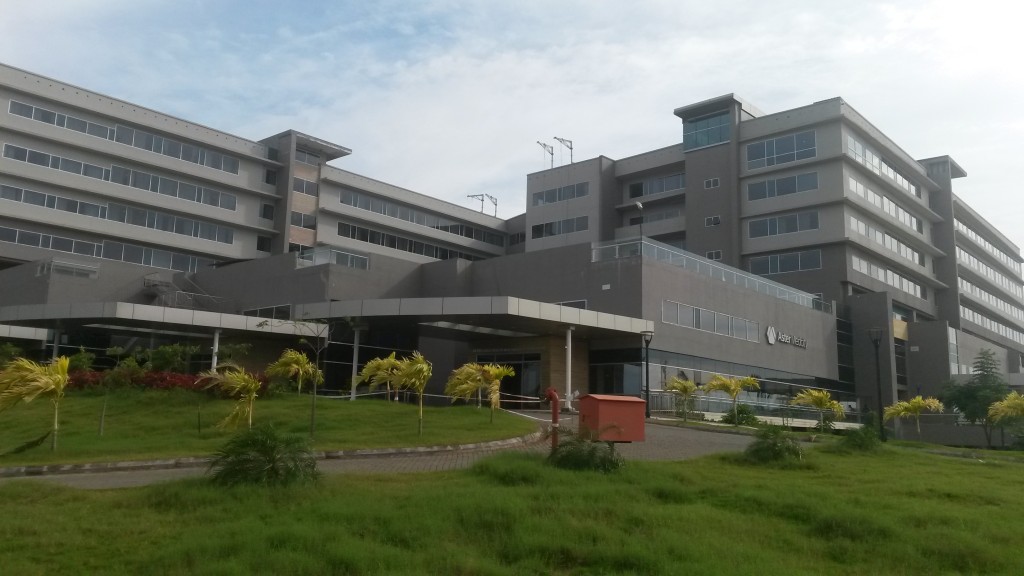Policy Spotlight: The Kerala Model of Healthcare Provision
A state that has long been praised for its achievement of highly favorable social indicators alongside relatively low levels of economic prosperity, Kerala continues to outperform other states within India in terms of social well-being. In 2011, it achieved the highest Human Development Index within the country. Today, its infant and maternal mortality rates stand at an impressive 12 per 1000 live births (relative to 40 at the national level) and 66 per 100,000 live births (relative to 178 at the national level) respectively. Such success has been fueled by a centuries-old history of state involvement in and commitment to healthcare provision. After the unification of Kerala in 1956, the state government dedicated itself to the creation of an integrated, multi-tier health system that prioritized the provision of high-quality healthcare services at low cost. With the share of healthcare spending in government expenditure averaging an annual growth rate of 13.4%, the period from 1956 to the early 1980s saw a significant expansion of government healthcare services and facilities. Various health indicators—including infant mortality, life expectancy, and birth and death rates—improved consistently and remained low relative to country-level statistics and those of other states.

The 1980s and 1990s saw significant changes in the nature and source of healthcare provision. A rise in state government deficits led to a decline in government spending on health facilities and vital medical supplies, though total health expenditure remained steady. As the quality of public health services declined, people turned to the private sector, raising concerns about affordability.
In an effort to revitalize and regain trust in the public healthcare system, the state government wisely opted for decentralization. Under the 1996 People’s Campaign for Decentralized Planning, the state government transferred a significant portion of fiscal, administrative, and managerial authority for primary healthcare centers and subcenters to village-level institutions. Village panchayats, or governance institutions, were granted access to 35 to 40% of funds allocated to the state government’s five-year plan system. They were also given responsibility for conducting community-level needs assessments and developing and implementing solutions in a participatory and inclusive manner.
However, public healthcare institutions continue to face challenges related to medical staff shortages, lack of facilities and equipment, and a high rate of hospital infections resulting from the prevalence of poor waste-management conditions and pollution. In 2012, the private sector provided 80% of healthcare services and employed 85% of healthcare personnel within the state but private institutions too have their own problems. Not only are private healthcare institutions often guilty of admission denials, but their profit-driven motivations also tend to lead them to overcharge for and over-provide services, as well as administer expired medicines.
In light of these challenges, state governments would do well to dedicate further resources and planning to the revitalization of public healthcare institutions and services. Greater efforts to work with village-level panchayats could be undertaken to ensure that resource allocation addresses general facility and institutional quality concerns alongside community-specific healthcare priorities. For example, state health officials could work with village leaders to determine ways to establish innovative incentive structures that would allow for the retention of health personnel in public facilities. Kerala’s policy of decentralization, while commendable in its efforts to empower local communities and its improvement of health outcomes, should not preclude cooperative policy-formulation. Nonetheless, its healthcare system serves as an illuminating example to other states, the country and even the wider region.
